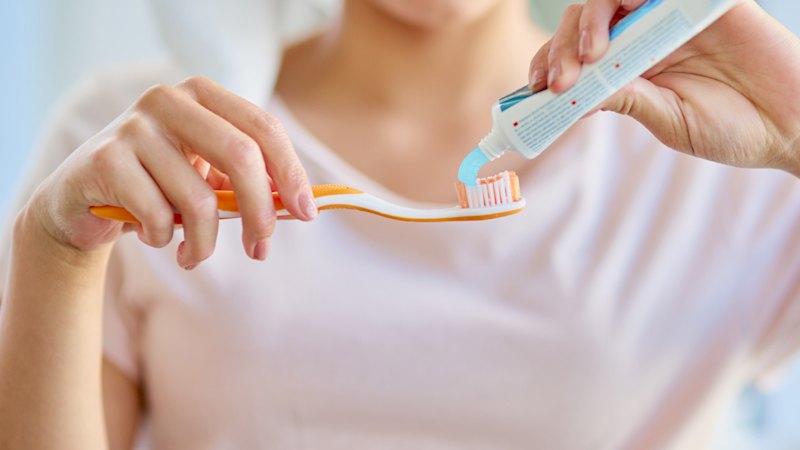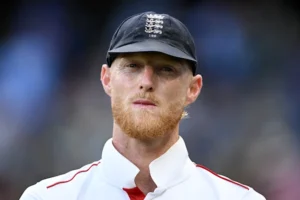
“If you brush appropriately, you can brush as frequently as you want,” she says.
If you cannot brush both before and after breakfast, it should be fine as long as you are brushing at least twice per day – morning and night – and flossing, ideally after your last meal of the day, Fontana says.
Make the most of your health, relationships, fitness and nutrition with our Live Well newsletter. Get it in your inbox every Monday.
Should you wait after breakfast before brushing?
Typically, there is no reason to wait. If you consume acidic foods or drinks such as citrus fruits and those containing vinegar, wine or carbonation, some experts recommend waiting 30 to 60 minutes. (Coffee is not that acidic, so no reason to delay brushing after a cup of joe, experts said.)
“Acids temporarily soften the enamel, and brushing too soon can wear it away. Rinsing with water right after eating is a good alternative in the meantime,” Katz says.
If you cannot rinse with water, chewing sugarless gum after a meal can allow your saliva to continue flowing, effectively washing away the food particles and debris and protecting your teeth, says Ruchi Sahota, a spokeswoman for the American Dental Association and a family dentist in Fremont, California.
If food keeps getting stuck in the same spot, tell your dentist as it could mean there is decay in that area, Sahota says.
Brushing your teeth before breakfast removes plaque that has built up overnight and could make your breakfast taste better, experts argue.Credit: Getty Images
When should you floss?
There is no wrong time to floss, though some experts say cleaning between your teeth before going to bed has an advantage – ensuring you do not leave behind food particles that can breed bacteria and encourage the formation of plaque overnight.
There is no official guidance on the correct sequence of brushing and flossing, but two small studies suggest there may be benefits to flossing between your teeth before brushing them.
Clearing those hard-to-reach spaces first “not only reduces the risk of cavities and gum disease but also allows the fluoride in your toothpaste to reach more surfaces of your teeth,” Katz says.
Loading
What else you should know
When brushing your teeth, the correct tools and technique are crucial; brushing too aggressively can lead to gum recession, erosion of enamel and tooth sensitivity for some, experts said.
Here’s what they recommend:
Brushing: Brush at least twice per day – morning and night – for at least two minutes with a soft-bristled toothbrush or, even better, an electric toothbrush and a fluoride-containing toothpaste. The advantage of electric toothbrushes is that they do the work for you. They oscillate and rotate or vibrate to dislodge food particles and plaque, many have timers to tell you how long to brush, and some have pressure sensors to alert you when you are brushing too hard. But with the proper technique, manual toothbrushes can get the job done, too. Ask your oral health provider to walk you through best practices.Rinsing: After brushing your teeth with a fluoride-containing toothpaste, skip the rinse, experts say. This allows the fluoride to stay on your teeth. If, however, you feel that you need to rinse, do so with a small amount of water such as a sip from your hand. Or if you feel that you need a more thorough rinse, consider using a mouthwash that contains fluoride.Flossing: Floss, ideally before brushing your teeth, at least once per day and use the proper technique. For flat-edged teeth, such as the front teeth for some people, flossing in an up-and-down motion may work. But for rounded teeth such as the back molar, use the C-shape technique – start at the base of the tooth near the gumline, curve the floss in the shape of a C, and glide it up and down several times to clear food particles and plaque from under the gumline and on the tooth surface.
The Washington Post





